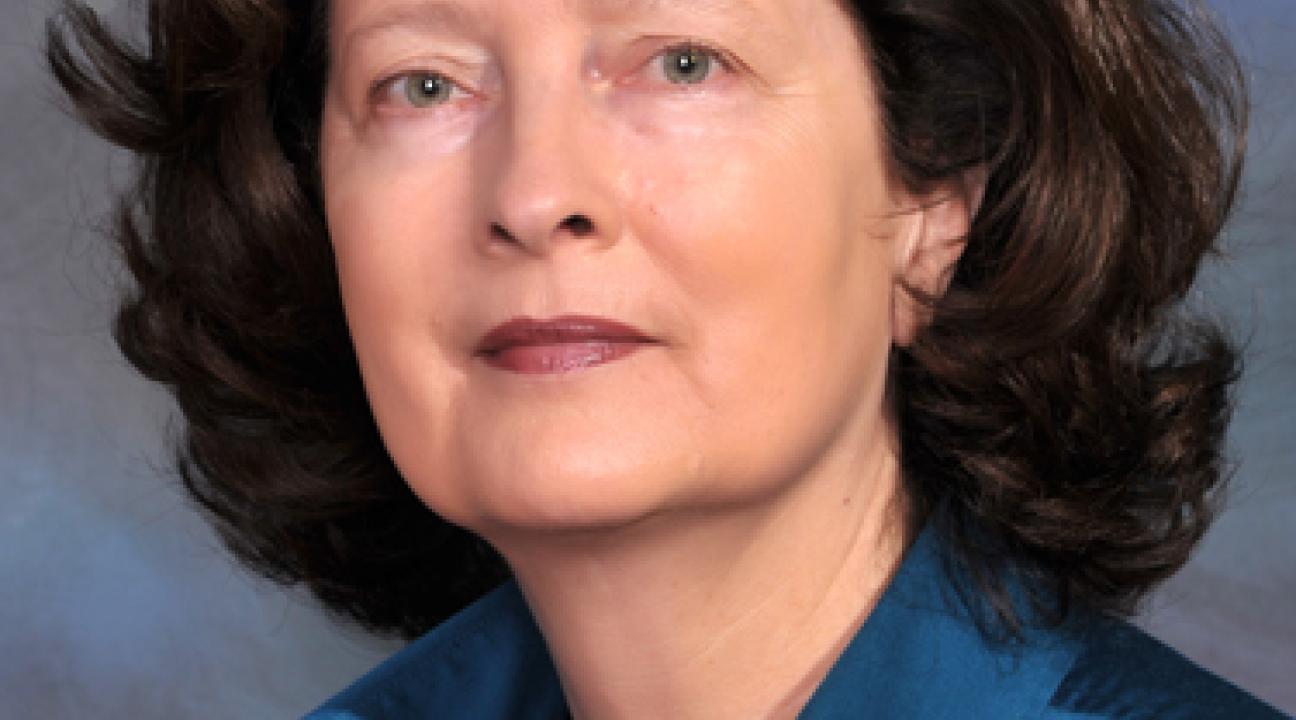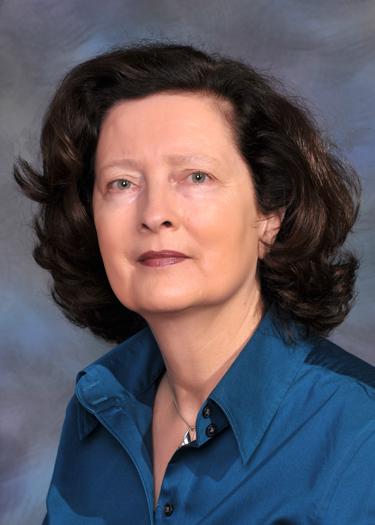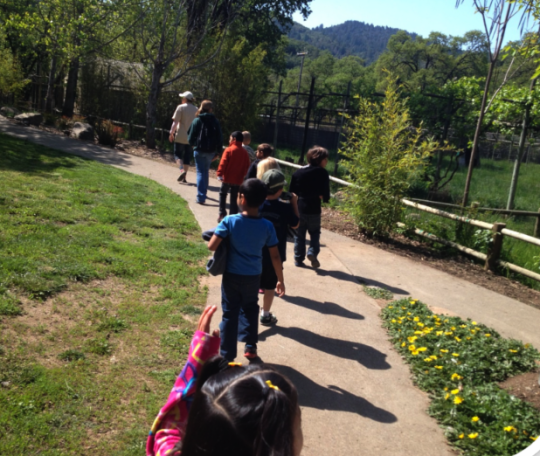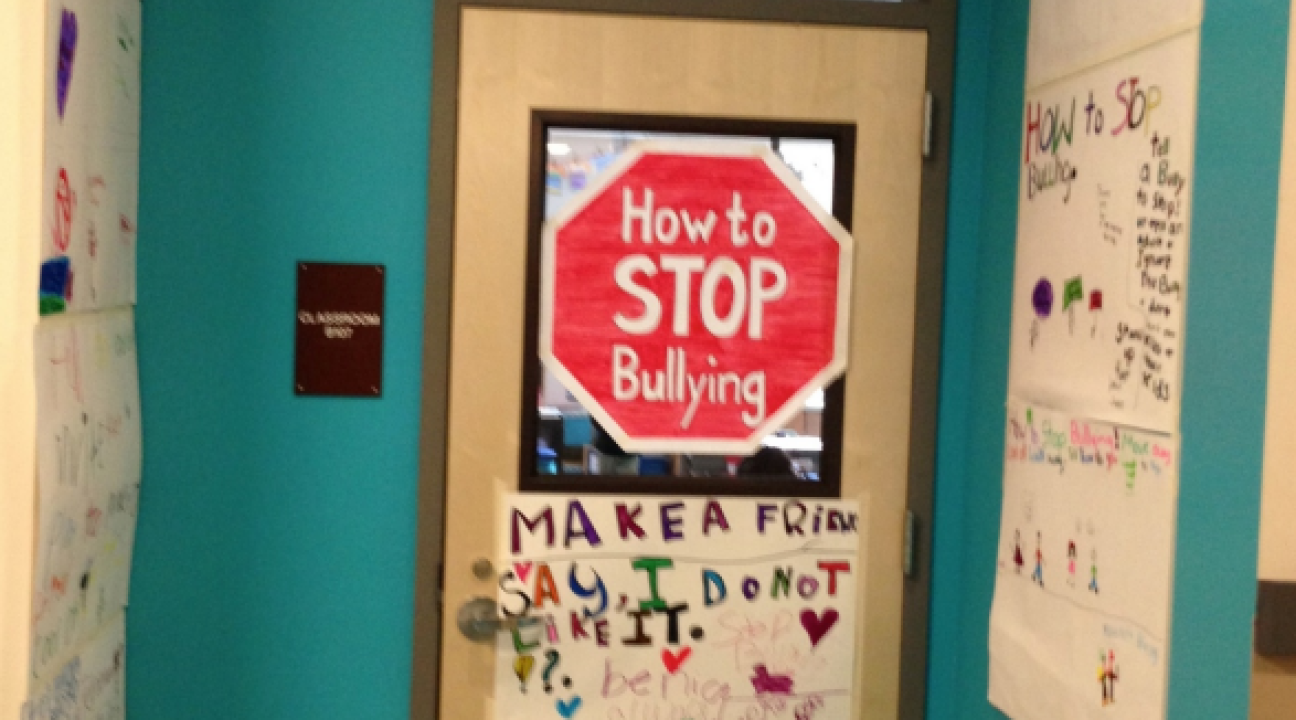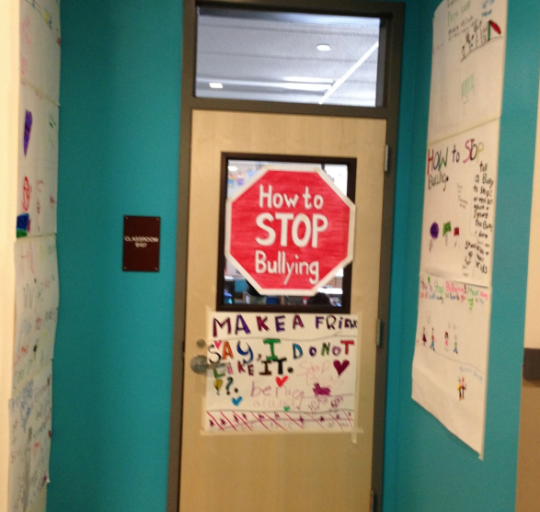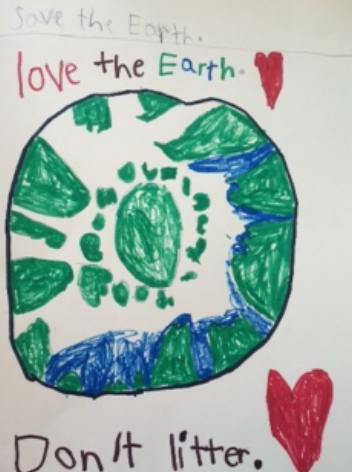Spotlight: University & Community Partnership in Literacy Studies and Elementary Education
"It just amazes me every time how they've come up with these really great projects and integrated the service part with academics and then they're doing this with students who are five to thirteen years old and just their enthusiasm with doing the project. It gives them an opportunity to pull together all of these different aspects about teaching that they have learned in our graduate program. They make them into something meaningful by doing service-learning with it,"says Associate Professor Susan Campbell.
According to Joseph Erickson and Jeffrey Anderson, "The integration of service-learning into teacher education implies work in two areas:
(1) using service-learning as a pedagogical technique in the postsecondary setting, and
(2) teaching licensure-seeking students how to integrate service-learning into their own repertoire of teaching techniques." [1]
Dr. Campbell's Education Multiple Subject (EDMS) 471: "Teaching Social Sciences in a Multicultural Society" is a credential program course offered by the Department of Education: Literacy Studies and Elementary Education (LSEE). She uses service-learning to teach her students how to implement service-learning methods in an elementary school setting.
The year-long program requires credential candidates to take part in full time student teaching. The credential students are placed in elementary schools to create a service-learning project for the elementary school students. Throughout the semester, the credential students learn how to integrate various topics such as history, science, etc. into a curriculum.
The service-learning project is important, because it allows both credential and elementary students to learn how to solve a problem together and make a change. The project also allows the credential students to apply what they have learned in EDMS 471 and shape it into a meaningful project with the young students. One Sonoma State University student explains, "I learned that while service-learning can be logistically complicated, my students learned so much from the hands-on work that it was worth it."
One student was concerned about a few of a her second graders who had come to her complaining about not having a playmate during recess. To solve this, the credential student, with the help of her elementary class, decided to create a "friendship bench", which was colorfully painted by the elementary students. Now students without a playmate could sit on the bench and other students could invite them to play.
Another credential candidate worked with students learning about the importance of preserving endangered species. To empower the students and show that they could make a difference, the student teacher asked the students to write letters to the President. Part of an elementary student's letter read,"I just wanted to say that me and my class are learning about endangered animals we just wanted to know if you could make a law? The law is about no more hunting like for their body parts, like eyes, fur, ears, claws, or even their meat and gut!!!"
Teaching students to apply material learned in class and apply it to something purposeful is a common goal of teachers who choose to use service-learning. The service-learning project helps credential students get to experience how to use service-learning to inspire and empower their students to make a change.
1. Erickson, Joseph A., and Jeffrey B. Anderson. Learning with the Community: Concepts and Models for Service-learning in Teacher Education. Washington, DC: American Association for Higher Education, 1997. Print.

Author: Cera Murata


